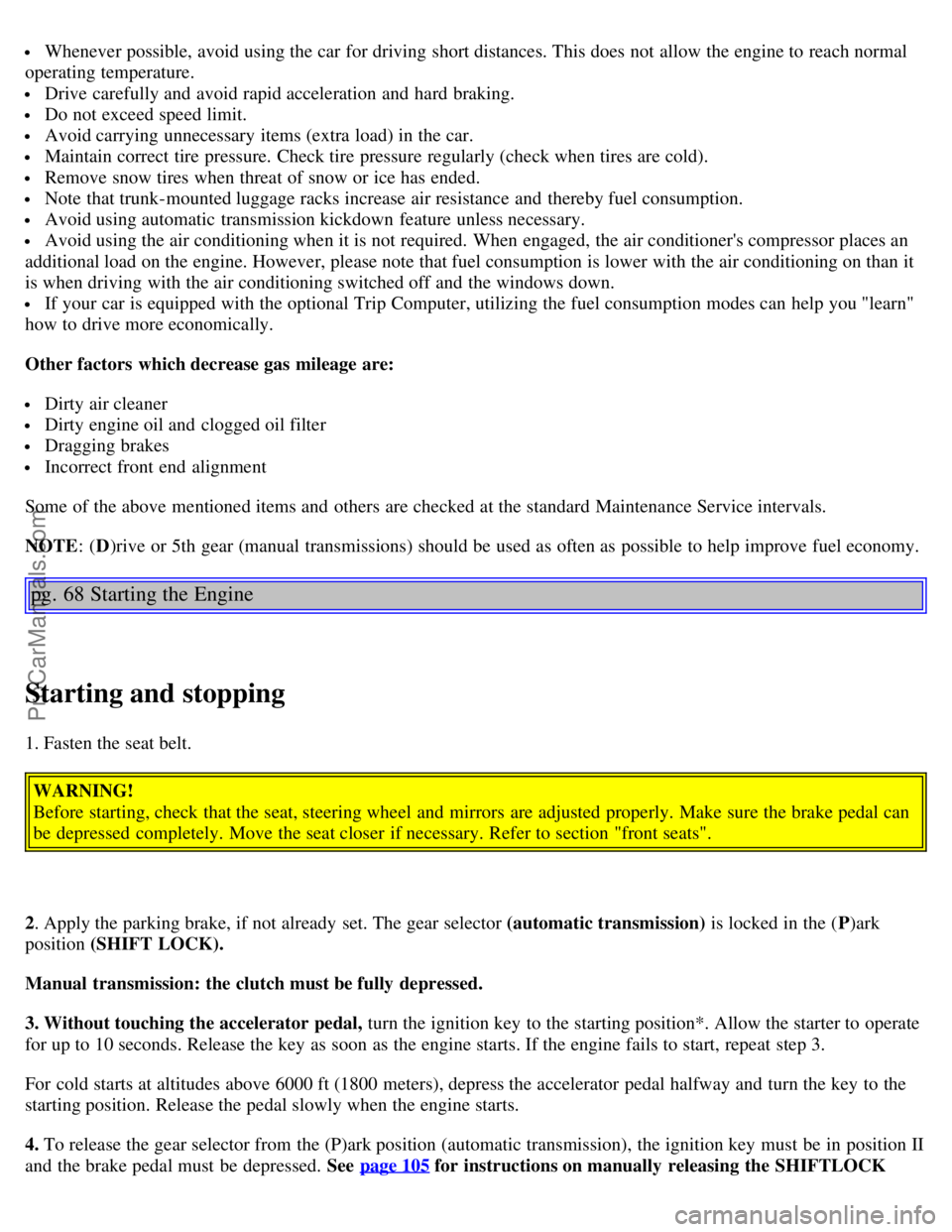trunk release VOLVO C70 2002 Owners Manual
[x] Cancel search | Manufacturer: VOLVO, Model Year: 2002, Model line: C70, Model: VOLVO C70 2002Pages: 99, PDF Size: 2.56 MB
Page 14 of 99

6Space for additional equipment
7Space for additional equipment
8 Instruments 16-17
9Stability Control System - STC 25
10Trip computer (optional) 28-30
11Electrically operated sun roof (C70 Coupe) 44
11Electrically operated convertible top (C70 Convertible) 44
12Rear window demister/heated door mirrors 25
13Air mix 35
14Air vents 35
15Passenger side air bag (SRS) hatch 4-6
16Air vents 35
17Hood release 58
18Turn signals, high/low beams, exterior courtesy lights 22
18Cruise control 31
19Adjustable steering wheel 34
20Windshield wiper/washer 23
21Heated front seats (optional) 32
22Auxiliary socket 33
23Audio systems 137
24Heating and ventilation controls 35-37
25Hazard warning flashers 25
26Ashtray 33
27Coin holder 42
28Shiftlock release button (automatic transmission only) 105
29Gear selector shift positions 69-71
30Winter mode selector 71
31Parking brake 32
32Horn/SRS 4-6
33Trunk open control 59
34Power window controls 38
35Power mirror controls 54
36Fuel tank open control 40
37Central locking button 38
Some of the items above are available on certain models only.
pg. 18 Instruments
ProCarManuals.com
Page 40 of 99

Whenever possible, avoid using the car for driving short distances. This does not allow the engine to reach normal
operating temperature.
Drive carefully and avoid rapid acceleration and hard braking.
Do not exceed speed limit.
Avoid carrying unnecessary items (extra load) in the car.
Maintain correct tire pressure. Check tire pressure regularly (check when tires are cold).
Remove snow tires when threat of snow or ice has ended.
Note that trunk-mounted luggage racks increase air resistance and thereby fuel consumption.
Avoid using automatic transmission kickdown feature unless necessary.
Avoid using the air conditioning when it is not required. When engaged, the air conditioner's compressor places an
additional load on the engine. However, please note that fuel consumption is lower with the air conditioning on than it
is when driving with the air conditioning switched off and the windows down.
If your car is equipped with the optional Trip Computer, utilizing the fuel consumption modes can help you "learn"
how to drive more economically.
Other factors which decrease gas mileage are:
Dirty air cleaner
Dirty engine oil and clogged oil filter
Dragging brakes
Incorrect front end alignment
Some of the above mentioned items and others are checked at the standard Maintenance Service intervals.
NOTE : (D)rive or 5th gear (manual transmissions) should be used as often as possible to help improve fuel economy.
pg. 68 Starting the Engine
Starting and stopping
1. Fasten the seat belt.
WARNING!
Before starting, check that the seat, steering wheel and mirrors are adjusted properly. Make sure the brake pedal can
be depressed completely. Move the seat closer if necessary. Refer to section "front seats".
2. Apply the parking brake, if not already set. The gear selector (automatic transmission) is locked in the (P)ark
position (SHIFT LOCK).
Manual transmission: the clutch must be fully depressed.
3. Without touching the accelerator pedal, turn the ignition key to the starting position*. Allow the starter to operate
for up to 10 seconds. Release the key as soon as the engine starts. If the engine fails to start, repeat step 3.
For cold starts at altitudes above 6000 ft (1800 meters), depress the accelerator pedal halfway and turn the key to the
starting position. Release the pedal slowly when the engine starts.
4. To release the gear selector from the (P)ark position (automatic transmission), the ignition key must be in position II
and the brake pedal must be depressed. See page 105 for instructions on manually releasing the SHIFTLOCK
ProCarManuals.com